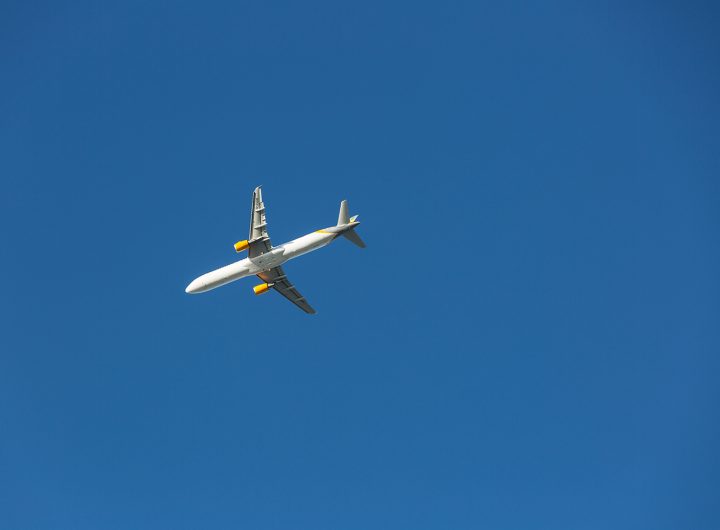- This topic is empty.
-
AuthorPosts
-
11/04/2025 at 11:32 #6793
In the realm of industrial operations, leak detection is a critical aspect that can significantly impact safety, efficiency, and environmental compliance. With various methods available, determining the best approach for leak detection can be a daunting task. This post aims to dissect the most effective leak detection methods, weighing their advantages and disadvantages, and providing insights into their practical applications across different industries.
Understanding the Importance of Leak Detection
Leaks can occur in numerous settings, from oil and gas pipelines to HVAC systems and water distribution networks. The consequences of undetected leaks can be severe, including financial losses, environmental damage, and safety hazards. Therefore, selecting the appropriate leak detection method is paramount for maintaining operational integrity and regulatory compliance.
Common Leak Detection Methods
1. Acoustic Leak Detection
– Overview: This method utilizes sound waves to identify leaks. Specialized sensors detect the high-frequency noise generated by escaping fluids or gases.
– Advantages:
– Non-invasive and can be used in real-time monitoring.
– Effective for detecting small leaks in various environments.
– Disadvantages:
– Background noise can interfere with detection accuracy.
– Requires skilled personnel for interpretation of results.2. Infrared Thermography
– Overview: Infrared cameras detect temperature variations caused by leaks, particularly in pressurized systems.
– Advantages:
– Provides a visual representation of leaks, making it easier to locate and assess.
– Can cover large areas quickly, ideal for extensive facilities.
– Disadvantages:
– Limited effectiveness in certain conditions, such as high ambient temperatures.
– Initial investment in equipment can be high.3. Pressure Testing
– Overview: This method involves pressurizing a system and monitoring for pressure drops, indicating potential leaks.
– Advantages:
– Highly accurate for identifying leaks in sealed systems.
– Simple to implement and understand.
– Disadvantages:
– Time-consuming and may require system shutdown.
– Not suitable for all types of systems, particularly those that cannot be easily pressurized.4. Tracer Gas Detection
– Overview: A tracer gas, often helium or hydrogen, is introduced into a system. The gas escapes through leaks and is detected by specialized sensors.
– Advantages:
– Highly sensitive and can detect very small leaks.
– Effective for complex systems where other methods may fail.
– Disadvantages:
– Requires specialized equipment and training.
– Potential safety concerns with certain tracer gases.5. Dye Penetrant Testing
– Overview: A dye is applied to the surface of a material, and any leaks will allow the dye to penetrate, revealing the leak path.
– Advantages:
– Simple and cost-effective for surface-level leaks.
– Provides immediate visual confirmation of leaks.
– Disadvantages:
– Limited to surface leaks and not suitable for pressurized systems.
– Requires cleaning and preparation of surfaces.Choosing the Right Method
The selection of the best leak detection method depends on several factors, including the type of system, the nature of the fluid or gas, environmental conditions, and budget constraints. Here are some considerations to guide your decision:
– System Type: For pressurized systems, pressure testing or tracer gas detection may be more suitable, while acoustic methods are better for large, complex installations.
– Leak Size: If small leaks are a concern, tracer gas detection or acoustic methods may provide the sensitivity required.
– Operational Impact: Consider methods that minimize downtime. Non-invasive techniques like infrared thermography or acoustic detection allow for continuous operation during monitoring.
– Cost vs. Benefit: Weigh the initial investment against potential savings from preventing leaks. While some methods may have higher upfront costs, their long-term benefits can justify the expense.Conclusion
In conclusion, there is no one-size-fits-all solution for leak detection. Each method has its unique strengths and weaknesses, making it essential for industry professionals to assess their specific needs and circumstances. By understanding the various leak detection methods available, organizations can implement effective strategies to safeguard their operations, protect the environment, and ensure compliance with regulatory standards. Ultimately, the best method for leak detection is one that aligns with the operational goals and safety requirements of the facility in question.
-
AuthorPosts
- You must be logged in to reply to this topic.

 Google hit with record EU fine over Shopping service
Google hit with record EU fine over Shopping service  Business booming for giant cargo planes
Business booming for giant cargo planes  Trump-Putin: The understandable story
Trump-Putin: The understandable story